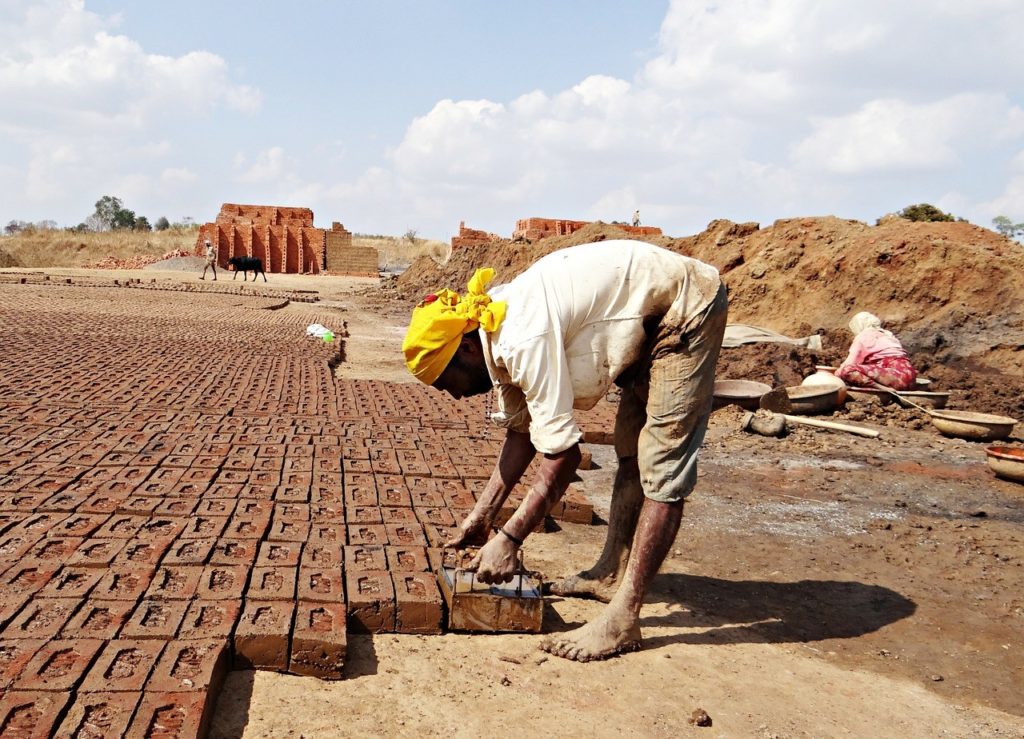BHUBANESWAR – With 46 million residents, Odisha is the 11th most populous state in India. The eighth-largest Indian state by area, Odisha has a density of more than 760 people per square mile.

Odisha also has one of the highest migration rates in the country. Approximately 500,000 people relocate every year, primarily due to escape drought and to find jobs.
Labor officials have determined that the lack of jobs has become a contributing factor in driving the poorest and least skilled workers into bonded labor. Unemployed, unskilled, and often illiterate workers are lured into working in brick kilns in other parts of the country by unscrupulous agents.
It is estimated that fully half of those who migrate end up working in the kilns, only to find themselves trapped in a modern-day, human trafficking and slavery scheme. The “job opportunities” are real with India’s construction boom fueling a pressing demand.
On the other hand, the work is insufferable and almost always ends up with the laborers and their families trying to dig their way out of a deepening pit of debt when they agree to offer themselves as security for loans and debt they cannot otherwise repay.
In 2006, India established a job guarantee scheme intended to provide jobs for 70 million unskilled rural workers. Although the plan has not been fully implemented, the state government is preparing to introduce a more robust version, specifically to keep local workers local, assign them to public works projects, and keep them out of debt bondage.
Currently, local workers were provided with only 34 days of work annually at a base rate of 180 Rupees per day ($2.50 US).
The revised plan will offer opportunities to work on projects that contribute to the pressing infrastructure needs right where they live. Workers may be involved in everything from building school toilets to constructing dams to help control the country’s water resources.
Under the new plan, jobs are to be awarded to the neediest families. Plus, the number of guaranteed working days will be increased to 200, and the daily wage will be increased to 286 Rupees ($4 US).
As an additional incentive, the Odisha government is offering to pay workers daily. This will make the government-subsidized jobs even more attractive than the previous structure under which workers waited up to two weeks to be paid. If handled wisely, their daily pay should alleviate a lot of stress common to workers in rural areas.
It is far too soon to know how the plan will succeed, but it appears to have the potential to provide immediate financial help and to protect Odisha’s citizens from predatory exploitation and life in the brick kilns.
To read more news on Modern Slavery on Missions Box, go here.
To read our Special Report on 21st Century Slavery & Human Trafficking, go here.
Sources:
- Sight Magazine, Indian state expands work scheme to tackle exploitation
- Business Standard, Massive job losses reveal India is failing to reap its demographic dividend




